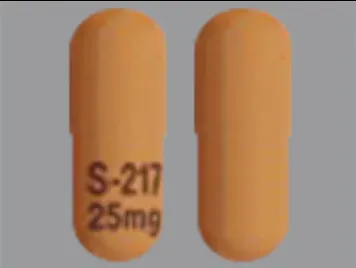Zurzuvae and Alcohol/Food Interactions
There is 1 alcohol/food/lifestyle interaction with Zurzuvae (zuranolone).
Zuranolone Food/Lifestyle
Moderate Food Interaction
ADJUST DOSING INTERVAL: Food enhances the oral bioavailability of zuranolone. When administered with a low-fat meal (e.g., 400 to 500 calories, 25% fat), zuranolone peak plasma concentration (Cmax) and systemic exposure (AUC) increased by 3.5- and 1.8-fold, respectively, compared to administration under fasted conditions. Zuranolone was administered with food in the premarketing study population. The efficacy of zuranolone when administered in the fasted state is unknown.
GENERALLY AVOID: Concomitant use of zuranolone with central nervous system (CNS) depressants, including alcohol, may potentiate adverse effects such as somnolence, confusion, dizziness, and gait disturbance.
MANAGEMENT: Zuranolone must be administered with fat-containing food (e.g., 400 to 1,000 calories, 25% to 50% fat) according to the manufacturer. Patients should also be advised to avoid or limit consumption of alcohol and to avoid activities requiring mental alertness such as driving or operating hazardous machinery until at least 12 hours after administration of zuranolone.
References (1)
- (2023) "Product Information. Zurzuvae (zuranolone)." Biogen Inc.
Switch to consumer interaction data
Zurzuvae drug interactions
There are 361 drug interactions with Zurzuvae (zuranolone).
More about Zurzuvae (zuranolone)
- Zurzuvae consumer information
- Check interactions
- Compare alternatives
- Pricing & coupons
- Drug images
- Side effects
- Dosage information
- During pregnancy
- Drug class: miscellaneous antidepressants
- Breastfeeding
- En español
Related treatment guides
Drug Interaction Classification
| Highly clinically significant. Avoid combinations; the risk of the interaction outweighs the benefit. | |
| Moderately clinically significant. Usually avoid combinations; use it only under special circumstances. | |
| Minimally clinically significant. Minimize risk; assess risk and consider an alternative drug, take steps to circumvent the interaction risk and/or institute a monitoring plan. | |
| No interaction information available. |
See also:
Further information
Always consult your healthcare provider to ensure the information displayed on this page applies to your personal circumstances.


